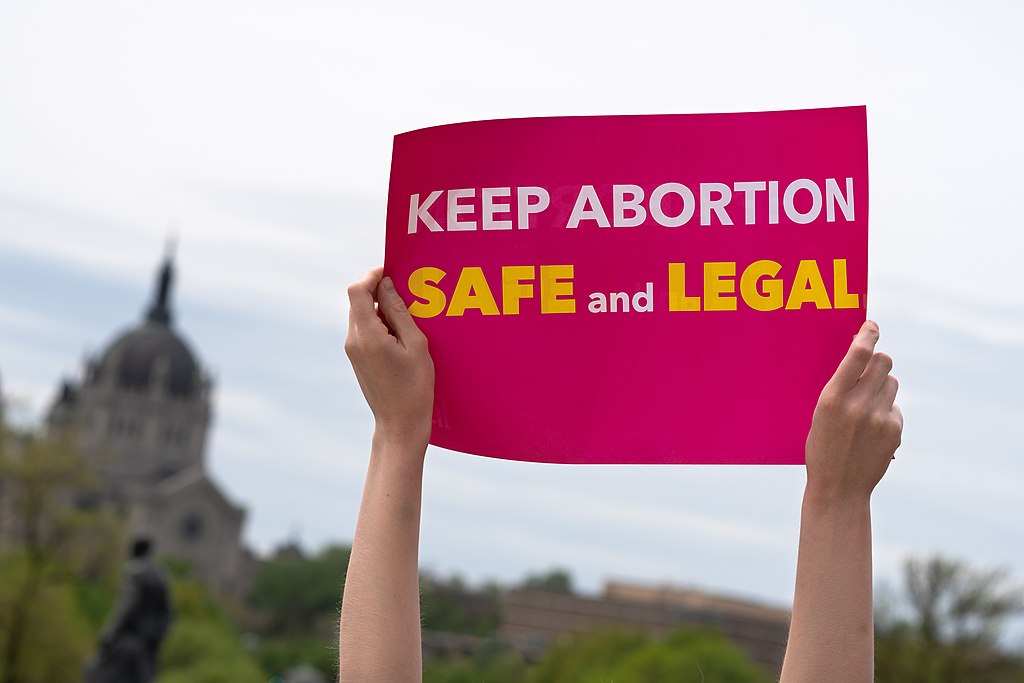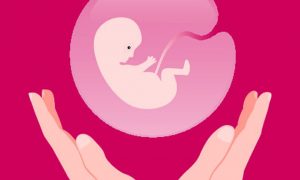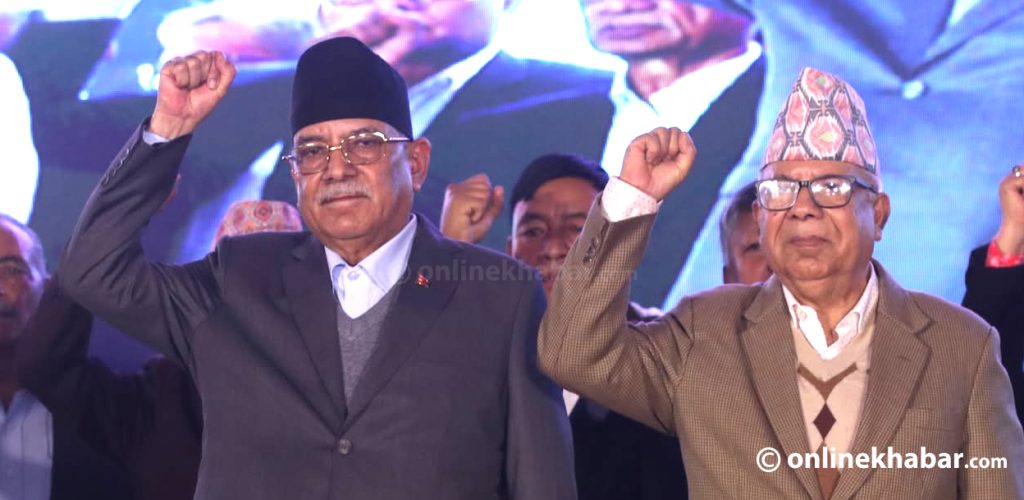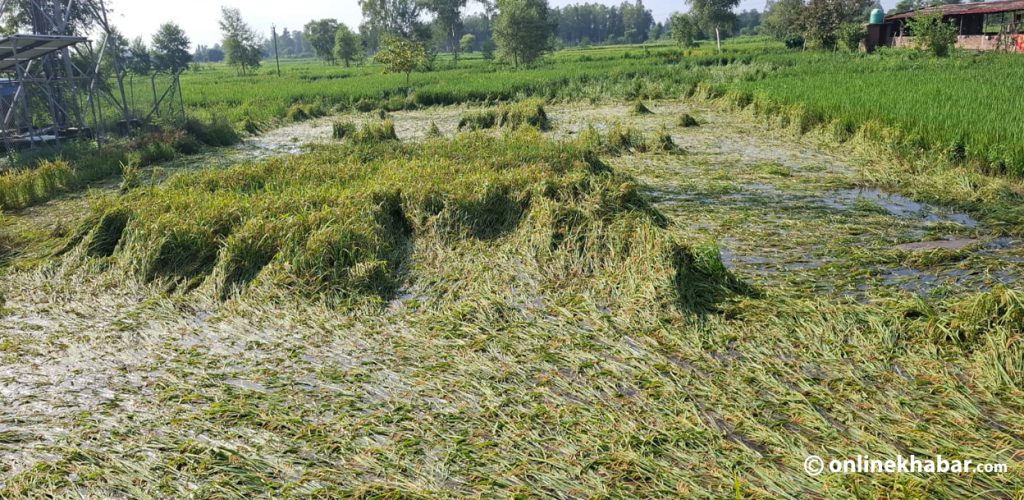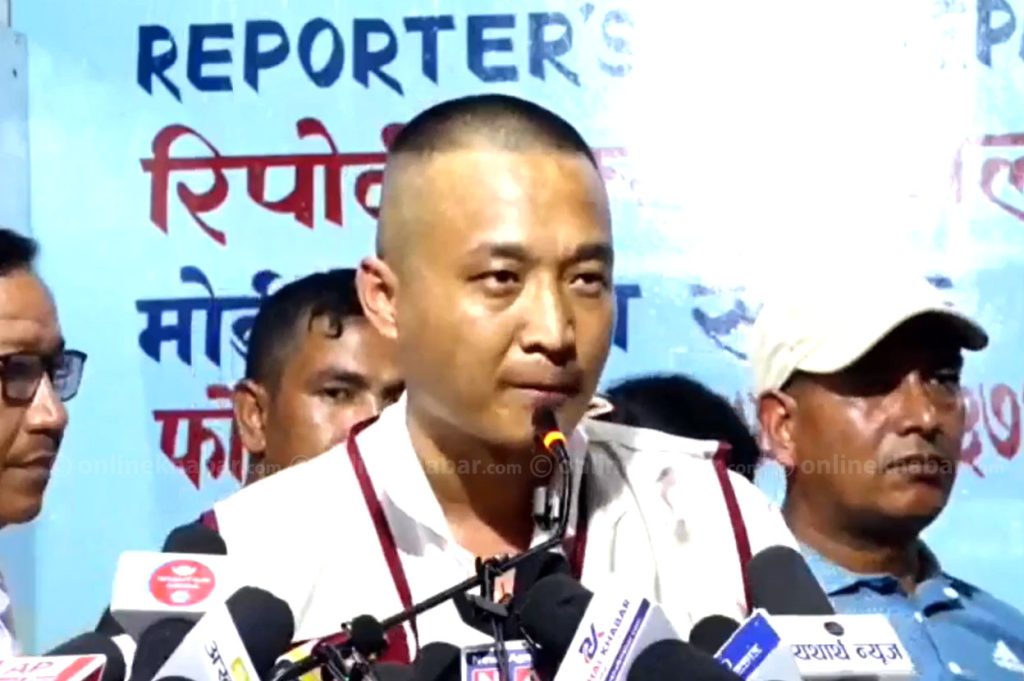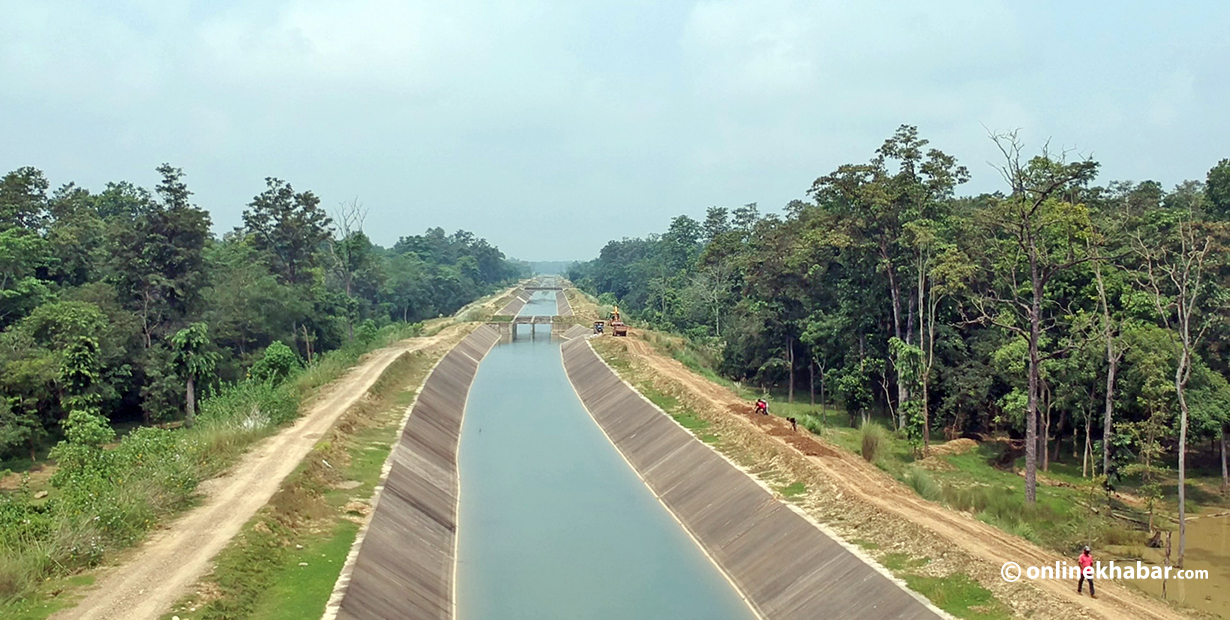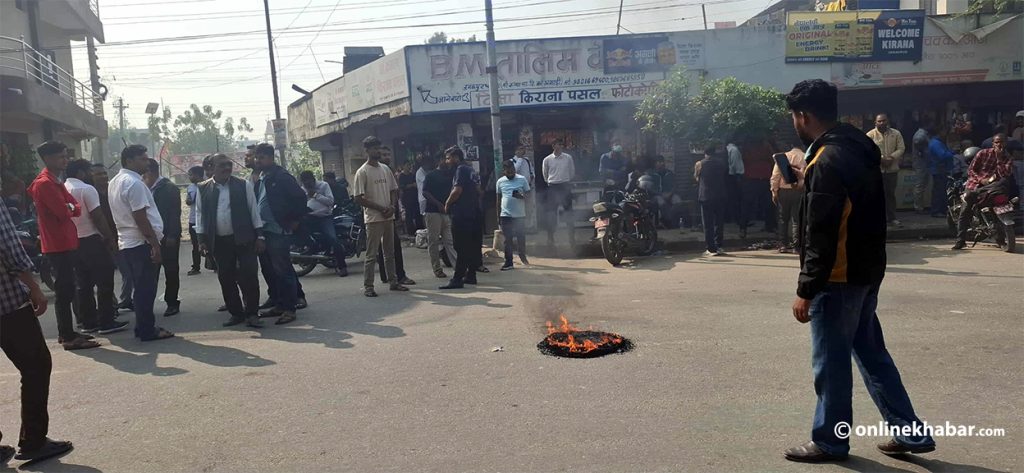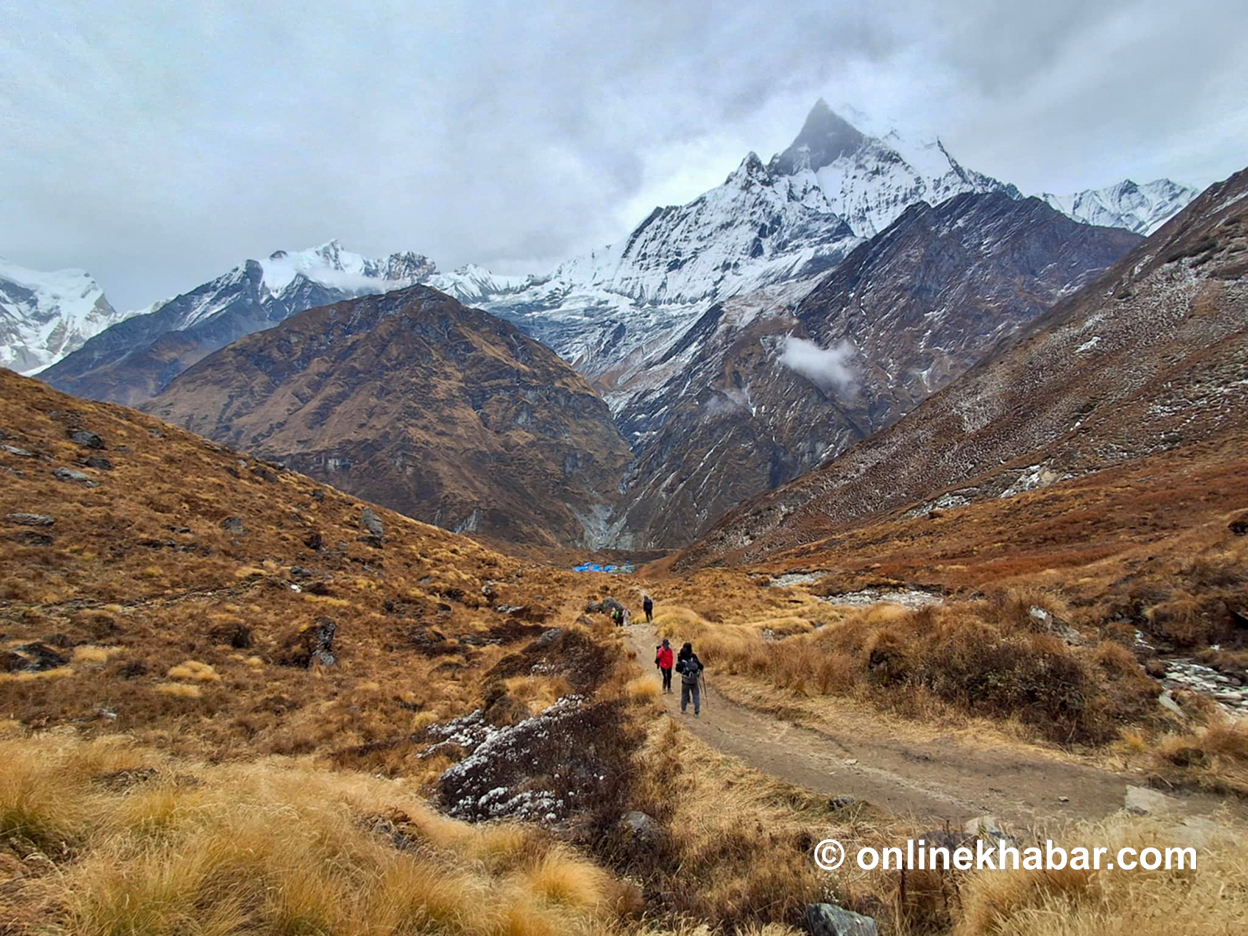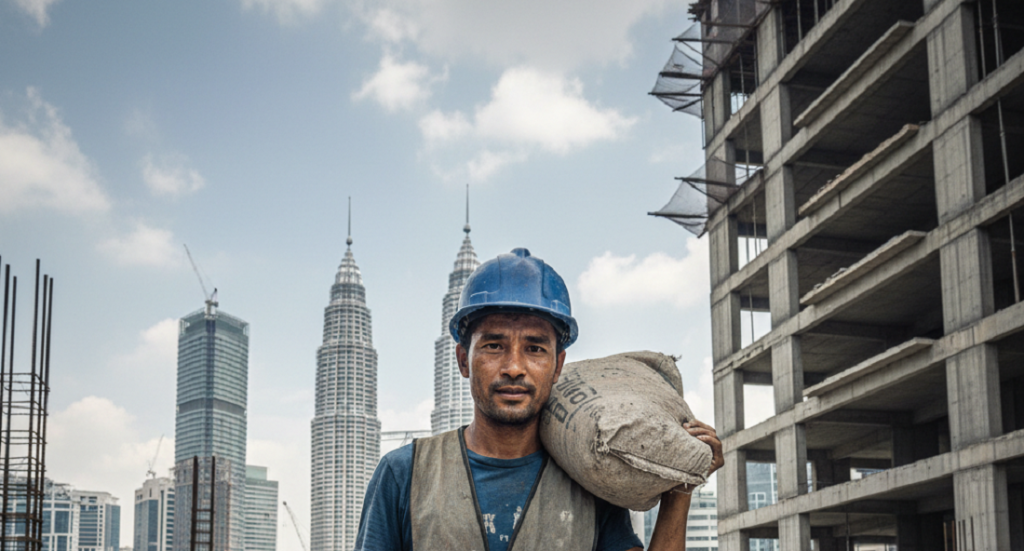It is obvious that women can become pregnant before or after marriage if they are involved in a sexual relationship without using contraception. There is a strong social, cultural and religious belief in our society that women should not give birth to a child before marriage. But, willingly or unwillingly, many women get impregnated before marriage and are later forced to discontinue their pregnancy. If for any reason, unmarried women do not abort, there is a very high chance of killing the newborn baby due to the stigma in society.
But, there are other problems related to abortion in our society. Many people believe an abortion will make the women unable to get pregnant again. There is a moral debate between those who support and oppose it.
In reality, an abortion does not impact one’s ability to reproduce in the future. In the past, nonetheless, people faced potential risks of physical damage and infertility due to unsafe abortion tools being used by unqualified physicians, this was largely the result of abortion being performed without safety. It has already been solved now.
Similarly, on the moral side, abortion is not the killing of an unborn child, hence, not morally wrong, because, in the first trimester, there is an embryo, which develops into a foetus after the end of the second month of gestation. In these early stages of pregnancy, the foetus is not an autonomous being. At the time when almost all abortions are performed, the foetus is not viable, meaning it cannot survive on its own outside the womb.
People deeply believe in myths rather than facts. Abortion is a choice of women. In this modern age, women are dedicated to their career. If one feels it is not the right time to give birth even after marriage, her choice should be respected. Abortion has saved the life and future of many women. Abortion has created many good reasons to bring smiles in many couples’ faces.
Let’s consider an example. Ankita Shahi (26, name changed) feels very good with abortion service. Ankita says that she was not in a healthy relationship with her husband so she decided to abort her pregnancy in the fourth week. Now, her decision has helped her continue her studies, leading her towards independence.
Likewise, 21-year-old Sahana Sharma (name changed) was so worried when she knew about her pregnancy. She decided to abort because she was unmarried. Since then, she never repeated ‘her mistake’ of having an unsafe sexual relationship; everything is okay now. According to Shahna, abortion gives here a new beginning, a new life.
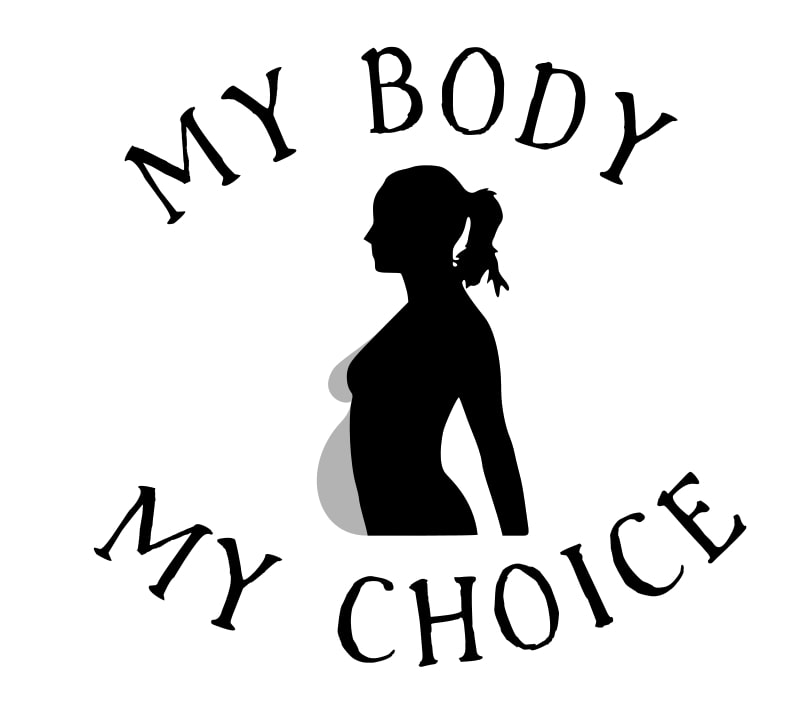
Let’s hear another side of the story. There is a great expectation from family members to have a baby from the newly married couple. In particular, the desire for a baby boy is very high in the Nepali context. A female journalist at Sarlahi shares she was happy having one son and two daughters. But, in the past, she says she was compelled to give birth to the son. This is an example of how married women feel complete with having a son.
Women’s common problem in the least developed counties like Nepal is the burden for giving birth to sons. Women feel complete after having a son because of the special treatment by family and society. But, it is also promoting unnecessary abortions.
In the Terai region, many couples go to India to identify their child’s sex and decide whether to continue the pregnancy. For the first time, giving birth to a daughter is okay, but in the second pregnancy, she gets moral pressure to give birth to a son in many parts of Nepal. While women are put under pressure to give birth to a son, they are also discouraged from aborting the female foetus, putting women in dilemma forever.
Abortion is one of the major public health problems. However, many people are unknown of safe and unsafe abortions. Journalists are information provider of the society, but even they are unable to differentiate between myths and facts. During a recent orientation session organised by the IPAS, journalists in Siraha shared that unsafe abortion has become one of the major income sources for unauthentic private clinics there. Big amounts of money are taken from women coming for abortion.
Meanwhile, women from the Terai region feel more secure to do abortion in India because they are unfamiliar with people there. Abortion up to 12 weeks of pregnancy is legal, but women are putting their body at risk and doing abortion of pregnancies that are more than 12-week old. Women are spending lots of money on illegal and unsafe abortion based on sex selection.
We are in the 21st century, but still, in society, there are many stigmas related to the importance of sons and abortion in our society, which have put women’s lives at risk. Meanwhile, sometimes, mass media unknowingly portray abortion in a sensational way by portraying a woman who seeks an abortion as a criminal or a victim. This only serves to stigmatise abortion.
Media need to be objective and fact-based so as to de-stigmatise abortion. Abortion stigma violates women’s basic freedom and rights, including freedom from gender-based discrimination, freedom of thought, and the right to the highest attainable standard of health. The role of mass media is very high to protect the right of women, raise the issues, pressurise the government, and disseminate positive messages which need to be focused.
Many women in Nepal continue to face barriers to obtaining a safe and legal abortion. Obstacles include lack of awareness of the legal status of abortion, lack of services, lack of transport to approved facilities, gender norms that hinder women’s decision-making autonomy, the often-prohibitive cost of the procedure and fear of abortion-related stigma. Nepal is often heralded as a model of the successful implementation and rapid scale-up of safe abortion services after abortion was legalised in 2002, but it is still lingering somewhere for the prior information relating to it.



